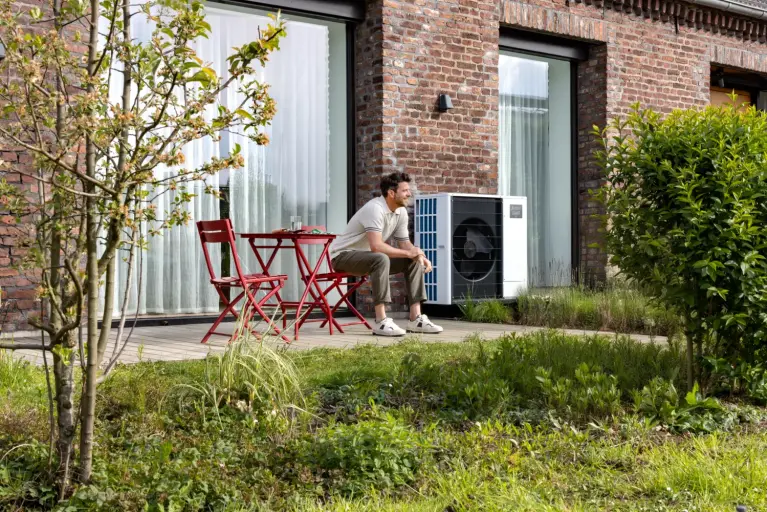
Mitsubishi Electric
Ihr Hersteller für Klima- und Lüftungsanlagen sowie Wärmepumpen und Kaltwassersätze
WohlfühlklimaAls einer der bedeutendsten Hersteller weltweit bietet Mitsubishi Electric LES ein umfangreiches Produktprogramm rund um die Heizungs-, Klima-, Lüftungs- und Kältetechnik. Dabei setzen wir in Deutschland schon seit 1978 immer wieder neue Standards für energieeffiziente Technologien – sowohl für Ihr Zuhause als auch für Geschäfte, Praxen und industrielle Bereiche.
Neben der konsequenten Weiterentwicklung unseres Produktprogramms sind uns erstklassige Serviceleistungen besonders wichtig: So bieten wir Ihnen eine zuverlässige 360º-Unterstützung – von der Planung bis zum optimalen Betrieb der Systeme.
Ob Produktinformationen, Blogartikel, News oder Dateien. In der Webportal-Suche werden Sie fündig. Geben Sie hier Ihren Suchbegriff ein und Sie werden automatisch zur Ergebnisseite geführt.
Veranstaltungstipps 2025
Veranstaltungen 2025Wann: 30. Juli 2025
Wo: Hotel-Kompetenz-Zentrum
Welche Wärmepumpe passt zu Ihrem Wohlfühlklima?
Wohlfühlklima
- Was sollte beim Heizungstausch beachtet werden?
- Funktioniert eine Wärmepumpe auch im Altbau?
- Welche Förderungen gibt es?
Auf diese und weitere Fragen finden Sie Antworten auf unser Wohlfühlklima-Seite.
Hier finden Sie außerdem Informationen und Erfahrungsberichte rund um unsere Wärmepumpen-Systeme.
Gesetze und Normen - wichtige Informationen für Sie
Wissen für Sie
- Der §14a ENWG und seine Bedeutung - alle Informationen finden Sie in unserem Blogbeitrag
- Ökodesign-Richtlinie bzw. ErP-Richtlinie - Sie sorgt dafür, dass energieverbrauchsrelevante Produkte (Energy-related Products) eindeutig gekennzeichnet werden müssen. Ganz im Sinne unseres Slogans „Changes for the Better“ entwickeln wir unser Klima- und Lüftungsprogramm permanent weiter. Alle unsere Systeme sind für einen energiesparenden und flüsterleisen Betrieb konzipiert, damit Sie lange Freude daran haben. Alle Informationen finden Sie in unserem Blogbeitrag
